Because of a lapse in government funding, the information on this website may not be up to date, transactions submitted via the website may not be processed, and the agency may not be able to respond to inquiries until appropriations are enacted.
The NIH Clinical Center (the research hospital of NIH) is open. For more details about its operating status, please visit cc.nih.gov.
Updates regarding government operating status and resumption of normal operations can be found at OPM.gov.
News & Updates
Genomic sequencing identified a higher risk of childhood genetic disorders in 9 percent of newborns who had passed standard screening for these diseases, according to researchers funded by the National Institutes of Health. The findings, from the BabySeq Project, are part of a larger effort to examine whether newborn genomic sequencing is suitable for routine health care.
Over the past year, NICHD contributed to numerous scientific advances and key initiatives.
Virginia mother Jana Monaco describes how newborn screening changed her family's life. Her experience and advocacy helped change the course of knowledge for future generations.
NICHD research aims to promote healthy pregnancies.
A newborn screening device, developed with funding from NICHD's Small Business Innovation Research program, received de novo clearance from the U.S. Food and Drug Administration (FDA) for the detection of lysosomal storage disorders, which injure the brain and nervous system.
NICHD had a very productive year in 2016. Staff responded quickly to Zika virus and led the effort to develop the NIH Research Plan on Rehabilitation. The following snapshots are examples of the many advances made possible by NICHD this year.
NICHD Director Dr. Diana Bianchi shares some thoughts about joining NICHD.
Extremely preterm infants, those born before the 28th week of pregnancy, are surviving in greater numbers and escaping serious illness, according to a comprehensive review of births in a National Institutes of Health research network.
Nearly 120,000 babies are born with a birth defect* each year in the United States—one baby every 4.5 minutes, according to the Centers for Disease Control and Prevention.
At first glance, it’s hard to see many similarities among people, mice, and zebrafish. But much of what we know about the earliest stages of human development and birth defects come from studying the development of these animals.
A newborn screening test for severe combined immunodeficiency (SCID) reliably identifies infants with this life-threatening inherited condition, leading to prompt treatment and high survival rates, according to a study supported by the National Institutes of Health.
Ensuring the health and wellbeing of pregnant women and newborns is central to the NICHD mission. Scientists supported by our Pregnancy and Perinatology Branch (PPB) conduct research related to improving care for pregnant women and newborns, preventing preterm labor and birth and other birth complications, and treating diseases in newborns.
When the NICHD was founded in 1962, one of its first charges was to improve our understanding of birth defects. Now, more than 50 years later, birth defects research continues to be a core focus of the Institute.
At the annual meeting of the Society for Neuroscience , held in San Diego, California, from November 9–13, more than 30,000 neuroscientists from around the world will share their latest research results and learn about new advances and opportunities in the field.
The September NICHD Research Perspectives featured a discussion on NIH grants for projects investigating genomic sequencing as a diagnostic tool to screen newborns for health disorders. On September 4, the NICHD and the National Human Genome Research Institute (NHGRI) awarded $5 million to fund studies on the potential for the new technology. The September podcast is an excerpt from the news conference in which officials at the NICHD and NHGRI described this new project.
The NICHD has played a key role in the newborn screening activities and accomplishments of the last 5 decades and continues to lead and fund research activities related to newborn screening. As we mark the 50th anniversary of the dawn of the newborn screening era, the NICHD highlights some of its newborn screening research and accomplishments.
Can sequencing of newborns’ genomes provide useful medical information beyond what current newborn screening already provides? Pilot projects to examine this important question are being funded by the Eunice Kennedy Shriver National Institute of Child Health and Human Development (NICHD) and the National Human Genome Research Institute (NHGRI), both parts of the National Institutes of Health.
Research is improving our understanding of CDH and the molecular and genetic factors that play a role in the condition. The activities are also opening possibilities for screening, prevention, and treatment of CDH.
Birth defects affect 1 in 33 babies born in the United States each year and are factors in the cause of 1 in 5 infant deaths, according to the Centers for Disease Control and Prevention (CDC). Both Birth Defects Prevention Month, held in January, and Folic Acid Awareness Week, January 6–12, aim to raise awareness about ways to reduce the risk of birth defects.
On December 5, 2012, the NICHD released the Scientific Vision: The Next Decade, the culmination of a collaborative process that began in 2011 to identify the most promising scientific opportunities for the Institute and the research community to pursue over the next decade. The Vision statement was made available during the NICHD’s 50th anniversary colloquium.
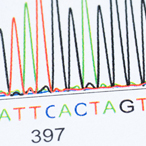







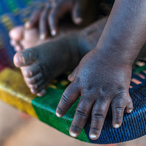
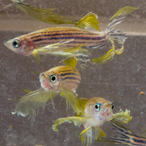
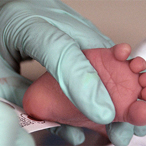
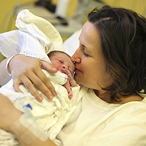
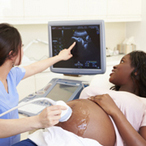
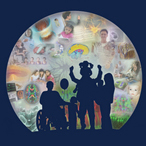
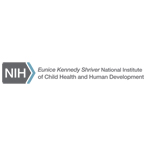


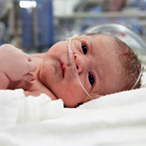
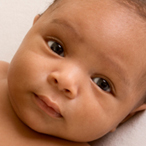
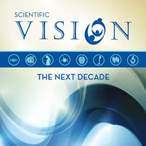
 BACK TO TOP
BACK TO TOP